
NEWSLETTER
Wpisz swój adres e-mail i zyskaj e-booka
Bez niechcianej poczty ani reklam
Tylko merytoryczne treści z obszaru digitalizacji produkcji

Are you able to imagine a factory where the quality of production is very high, any problems are detected immediately, and decisions are based on hard data, not hunches? All this is possible through the use of modern technology!
Artificial intelligence (AI), the Internet of Things (IoT) and data analytics allow factories to monitor processes in real time, respond efficiently to irregularities or predict failures even before they happen! In this article, I’d like to discuss five specific technologies that are really improving efficiency and helping to reduce costs in industrial plants.

Vision systems based on AI algorithms analyze images from industrial cameras, comparing product parameters with established standards. Real-time data processing allows for instant detection of defects such as micro-cracks, dimensional deviations or surface defects.
Vision systems based on artificial intelligence are not just a modern tool, but a real support in improving production quality. By instantly detecting defects and automatically segregating products, factories can significantly reduce losses and increase the efficiency of production lines.
Advanced algorithms learn from the collected data, allowing them to operate even more efficiently over time. This solution not only improves the accuracy of defect detection, but also contributes to streamlining the entire process – from inspection to final product. As a result, companies gain greater control over quality, faster response to problems and higher customer satisfaction.
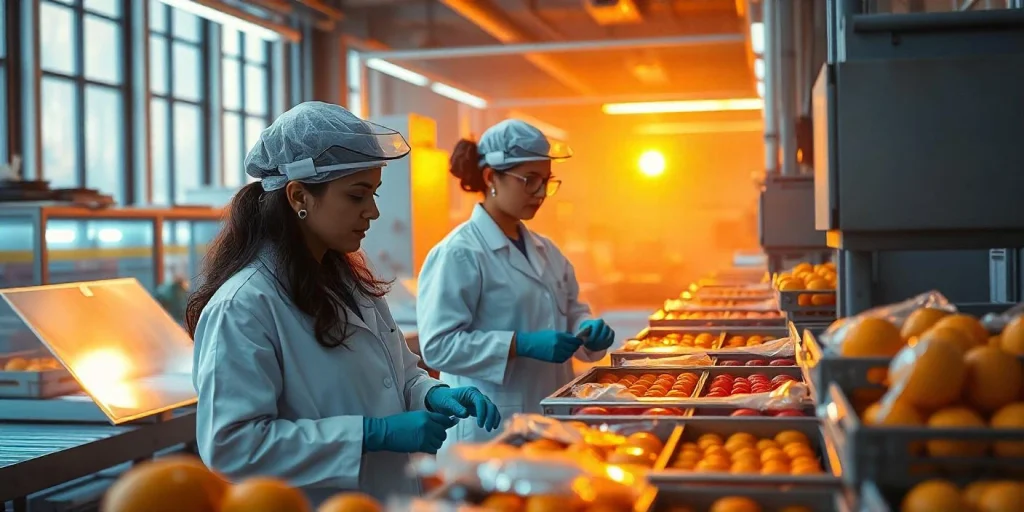
Predictive analytics (predictive maintenance) uses advanced analytical models to interpret data from sensors that monitor machine performance, such as temperature, vibration and energy flow. Trend analysis makes it possible to identify deviations from norms and predict potential failures.
A high-profile case from the food industry has shown how a lack of predictive maintenance can lead to costly problems. A few months ago, a batch of half-liter Coca-Cola bottles in Europe was recalled because metal particles from a worn-out production tool were detected.
This failure could have been predicted and prevented with Predictive Maintenance, which would have monitored the condition of the machines with sensors that analyze parameters. Proper prediction not only prevents failures, but also protects product quality and brand reputation.
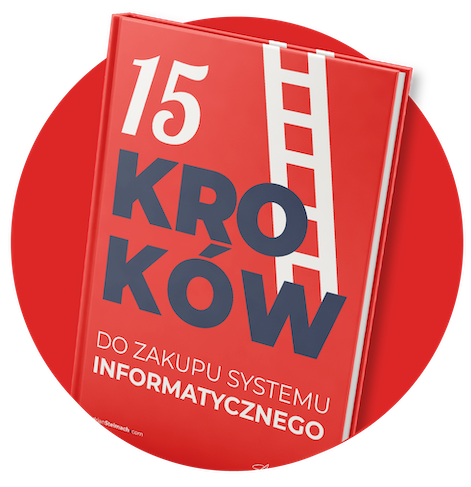
Get 5 chapters of the book for free!
Join the newsletter and gain access to 40% of the book
“15 Steps to Buying an Information System“.
Internet of Things systems integrate sensor data in real time. This enables continuous monitoring of process parameters. The information is then processed in a central analysis hub, allowing deviations to be detected and eliminated instantly.
IoT systems significantly improve the efficiency of manufacturing processes by integrating sensor data and analyzing it in real time. They allow optimization of raw material consumption, reducing material costs. They enable early detection of irregularities, minimizing the risk of failure and production losses.
What’s more, with real-time reporting, companies can react faster to any deviations, resulting in better production quality and process stability.
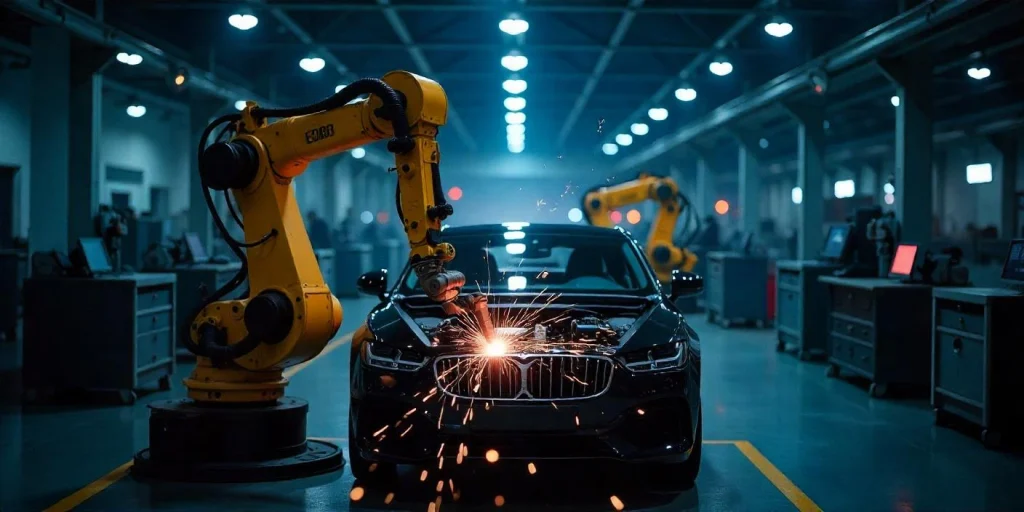
SPC (statistical process control) monitors process stability by analyzing data from quality measurements and control charts. Detection of trends and deviations enables quick adjustments.
Traceability systems assign a production history to each product, including parameters and inspection results from each stage. This is a key tool in the event of a complaint or the need to recall a defective batch.
In a plant with multi-stage production, traceability systems were combined with statistical process control. Each semi-finished product was monitored at each stage, and all parameters went into a database. If an anomaly was detected, the system automatically stopped the machine, preventing further production of defective products.
The combination of traceability and SPC has made it possible not only to identify problems quickly, but also to analyze trends and prevent similar deviations in the future.
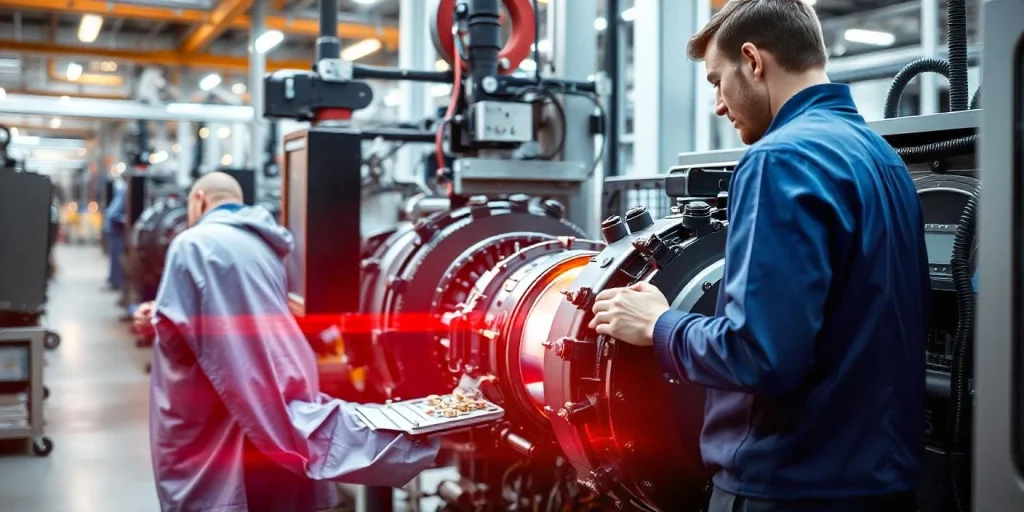
A manufacturing execution system ( MES ) integrates information from production lines, IoT machines, SPC systems and vision inspection modules into a single interface. Analytics delivered in real time support quick operational decisions.
A certain manufacturing plant implemented an MES-class system as a master data integrator. It merged information from IoT sensors, video cameras, Predictive Maintenance and SPC to create one central source of information. Operators gained access to a complete picture of production, including the causes of downtime or quality drops.
Digital process recording has eliminated the need for manual reporting, reducing response time to problems and supporting data-driven decision-making.
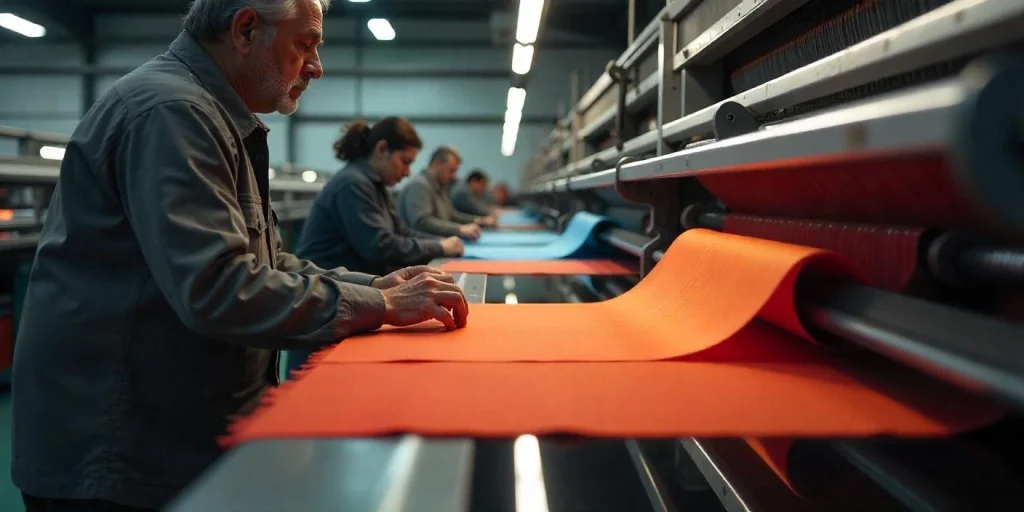
Advanced production quality monitoring systems, such as vision inspection with AI, predictive maintenance, IoT, SPC and MES, are an important part of modern plant management strategies.
Each of these solutions plays a specific role – from early defect detection to centralization of production data, together building the foundation for high-quality processes and products.
If you want to learn more about the practical applications of these technologies, I invite you to watch the latest episode of Digitalizuj.pl!
In it, I discuss each of these solutions in detail, share industry examples and show how they can support digital transformation in your manufacturing facility.